|
|
Post by theropod on May 25, 2015 15:42:16 GMT 5
|
|
|
|
Post by Ceratodromeus on Jun 5, 2015 1:34:20 GMT 5
 Leopard lizards are neat Posted these on carnivora:  References: Lorenz, S. T. E. P. H. A. N. "Carolina mantid (Stagmomantis carolina) captures and feeds on a broad-tailed hummingbird (Selasphorus platycercus)." Bulletin of the Texas Ornithological Society 40 (2007): 37-38. Menin, Marcelo, Domingos de Jesus Rodrigues, and Clarissa Salette de Azevedo. "Predation on amphibians by spiders (Arachnida, Araneae) in the Neotropical region." Phyllomedusa: Journal of Herpetology 4.1 (2005): 39-47. |
|
|
|
Post by creature386 on Jun 5, 2015 2:32:21 GMT 5
^The bat vs spider pics remind me of something: 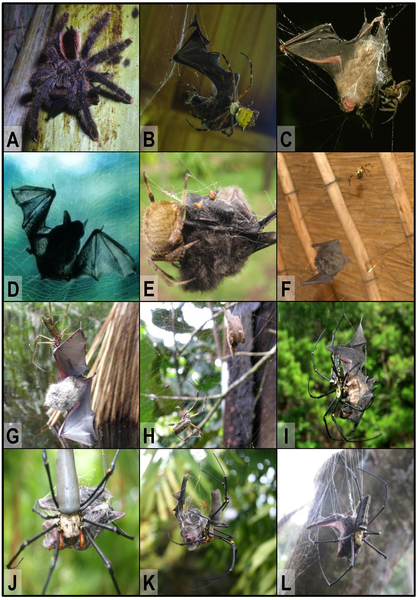 Figure 2. Bats caught by spiders. Figure 2. Bats caught by spiders.
A - Adult female Avicularia urticans feeding on a Greater Sac-winged Bat (Saccopteryx bilineata) on the side of a palm tree near the Rio Yarapa, Peru (photo by Rick West, Victoria, Canada; report # 1). B - Adult Proboscis Bat (Rhynchonycteris naso) entangled in a web of Argiope savignyi at the La Selva Biological Station, northern Costa Rica (photo by Mirjam Knörnschild, Ulm, Germany; report # 14). C - Dead bat (presumably Centronycteris centralis) entangled in an orb-web in Belize (photo by Carol Farneti-Foster, Belice City, Belize; report # 12). D - Dead bat (Myotis sp.) entangled in a web of Nephila clavipes in La Sirena, Corcovado National Park, Costa Rica (photo by Harald & Gisela Unger, Köln, Germany; report # 17). E - A bat caught in the web of an araneid spider (possibly Eriophora sp.) in Tortuguero National Park, Costa Rica (photo by Cassidy Metcalf, USA; report # 18). F - Live bat trapped in web of Nephilengys cruentata in a thatch roof at Nisela Lodge, Swaziland (photo by Donald Schultz, Hollywood, USA; report # 47). G - Volant juvenile Proboscis Bat (Rhynchonycteris naso) entangled in web of Nephila clavipes photographed in a palm swamp forest near Madre de Dios, Peru (photo by Sam Barnard, Colorado Springs, USA; report # 7). H - Dead bat entangled in web of a female Nephila clavipes in tropical rainforest in the middle of the Rio Dulce River Canyon near Livingston, Guatemala (photo by Sam & Samantha Bloomquist, Indianapolis, USA; report # 11). I - Dead bat (Rhinolophus cornutus orii) caught in the web of a female Nephila pilipes on Amami-Oshima Island, Japan (photo by Yasunori Maezono, Kyoto University, Japan; report # 35). J, K - A small bat (superfamily Rhinolophoidea) entangled in web of Nephila pilipes at the top of the Cockatoo Hill near Cape Tribulation, Queensland, Australia (photo by Carmen Fabro, Cockatoo Hill, Australia; report # 39). The spider pressed its mouth against the dead, wrapped bat, indicating that it was feeding on it. A Nephila pilipes male also present in the web (K) may have been feeding on the bat as well. L - Dead vespertilionid bat entangled in the web of a female Nephila pilipes in the Aberdeen Country Park, Hong Kong (photo by Carol S.K. Liu from AFCD Hong Kong, China; report # 32).
Nyffeler M, Knörnschild M (2013) Bat Predation by Spiders. In: PLoS ONE 8(3): e58120. doi:10.1371/journal.pone.0058120 |
|
full
Junior Member
 
Posts: 104 
|
Post by full on Dec 23, 2015 1:13:59 GMT 5
Culpeo predation on Guanaco is always impressive: "While the puma attacks guanacos with stealth and ambush, the culpeo fox chases young guanaco until they drop from exhaustion, a hunting strategy known as “cursorial predation”. The guanaco’s novel defensive response to the culpeo fox is probably due both to the fox’s smaller size and its hunting strategy, which makes flight a useless response. " "As opportunistic predators, culpeo fox have been known to prey on lizards, rabbits, birds, rodents, and even sheep. But successfully hunting young guanaco—and surviving attacks from adults—awards this small wild canine new stature."  |
|
Deleted
Deleted Member
Posts: 0
|
Post by Deleted on Jan 27, 2016 2:27:45 GMT 5
|
|
|
|
Post by An Goldish Jade on Mar 12, 2016 10:44:23 GMT 5
Yes we all know what Tarantula Hawk Wasp do, but this small wasp have defeated an truly huge Tarantula But you Tarantula Hawk Wasp are not unstoppable are you? 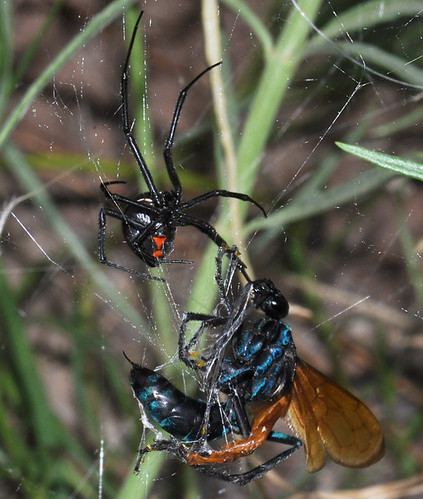 |
|
|
|
Post by Ceratodromeus on Jun 3, 2016 3:53:05 GMT 5
|
|
|
|
Post by Ceratodromeus on Sept 30, 2016 21:05:17 GMT 5
Impressive display from a male african wild dog "Over the last few weeks, three wild dog have been sighted from time to time around Nanzhila Plains Safari Camp in the Southern Kafue. While there is abundant prey in the area, pressure from larger predators like lion and leopard can push wild dogs out, so we didn’t know how long they would stick around. Last week on a game drive though, Steve Smith came across a dramatic sighting – a lone male wild dog going up against a lone reedbuck ram. It was one-on-one on the plains. Despite being heavily outweighed, the wild dog was clearly too efficient for the reedbuck ram who, despite his impressive horns, was exhausted from the running and eventually, succumbed. 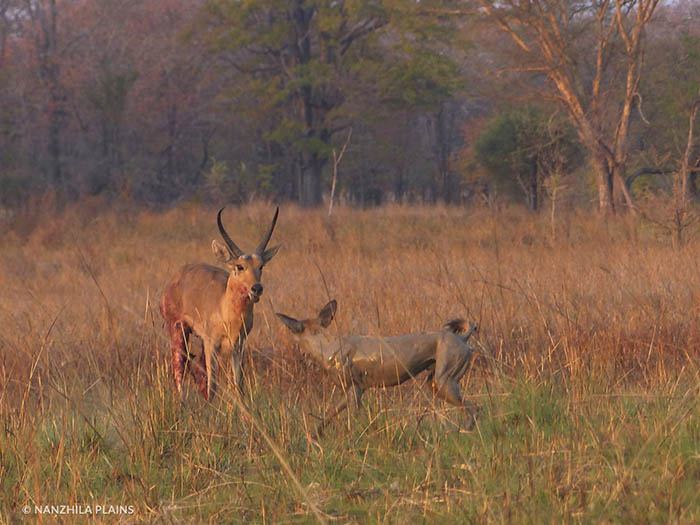 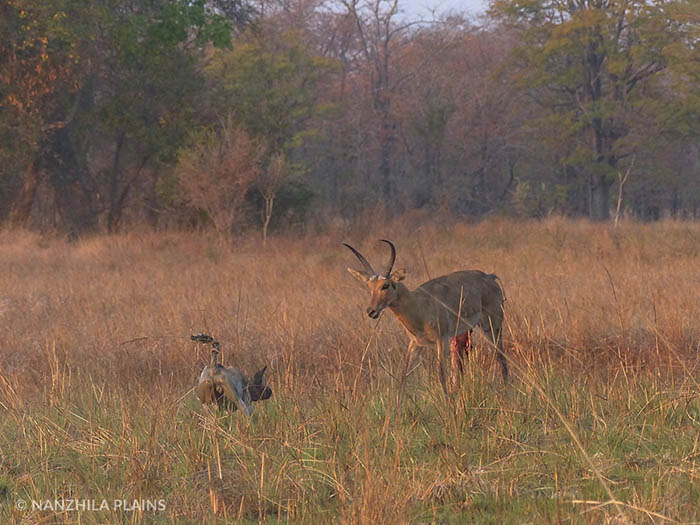 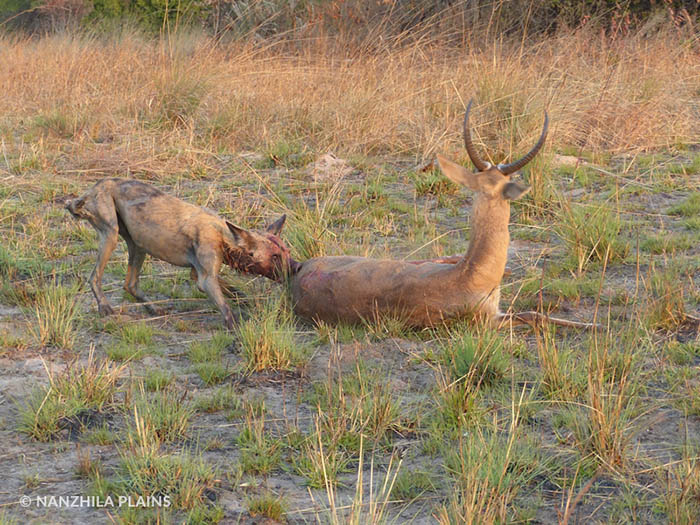  Clearly this kill was about sustaining the life of future generations of the Kafue wild dog (hence why the male was out hunting on his own) and so although sad, a good reminder of the balance that exists when wildlife is allowed the space and protection to go about their normal lives. africageographic.com/blog/one-one-battle-predator-prey/ |
|
|
|
Post by Ceratodromeus on Nov 3, 2016 6:32:57 GMT 5
Remains of adult and two fawn white tailed deer recovered from the stomach of a 4m Florida burm; the adult was estimated to weigh 45kg, 95% of the snake's mass. Very, very cool stuff Supersize Me: Remains of Three White-Tailed Deer (Odocoileus virginianus) in an Invasive Burmese Python (Python molurus bivittatus) in Florida
Abstract Snakes have become successful invaders in a wide variety of ecosystems worldwide. In southern Florida, USA, the Burmese python (Python molurus bivittatus) has become established across thousands of square kilometers including all of Everglades National Park (ENP). Both experimental and correlative data have supported a relationship between Burmese python predation and declines or extirpations of mid- to large-sized mammals in ENP. In June 2013 a large python (4.32 m snout-vent length, 48.3 kg) was captured and removed from the park. Subsequent necropsy revealed a massive amount of fecal matter (79 cm in length, 6.5 kg) within the snake’s large intestine. A comparative examination of bone, teeth, and hooves extracted from the fecal contents revealed that this snake consumed three white-tailed deer (Odocoileus virginianus). This is the first report of an invasive Burmese python containing the remains of multiple white-tailed deer in its gut. Because the largest snakes native to southern Florida are not capable of consuming even mid-sized mammals, pythons likely represent a novel predatory threat to white-tailed deer in these habitats. This work highlights the potential impact of this large-bodied invasive snake and supports the need for more work on invasive predator-native prey relationships. "We used the relationship between hoof sheath length and body weight for six Odocoileus virginianus of varying sizes (23–80 kg) collected from Alabama and Pennsylvania to estimate the body mass of each deer consumed by the python. From these limited data, we estimated that the three deer consumed by this python would have had live weights of approximately 45, 17, and 13 kg, respectively. "  scholar.dickinson.edu/cgi/viewcontent.cgi?article=1611&context=faculty_publications scholar.dickinson.edu/cgi/viewcontent.cgi?article=1611&context=faculty_publications |
|
|
|
Post by theropod on Sept 21, 2019 18:11:10 GMT 5
NOTE TO MODS: I couldn't find any thread where this fit best, so I made a new one, but if you think this belongs elsewhere feel free to move it Post any examples of macropredation from any animal here We have this thread for that. |
|
|
|
Post by creature386 on Sept 21, 2019 18:15:58 GMT 5
Thanks for pointing that out. I deleted dinosauria's thread, since the quote in your post was its only content.
|
|
|
|
Post by dinosauria101 on Oct 16, 2019 4:21:26 GMT 5
Completely forgot about this thread. Here's a very impressive account of a leopard killing an eland roughly 10 times its weight: "Elliot (in Cullen 1969) was shown a fully grown Eland Bull that was killled by a large leopard. By back-tracking he found the Eland was one of a herd that was passing along a track in a cedar forest. "The leopard had jumped on the eland bull from a tree above the track, and the victim had at once dashed downhill. The eland had fallen down twice but had managed to get on to its feet again. But on the third occassion the leopard had succeeded in holding the animal down and finally killing it. In the downhill rush and whole struggle the leopard had lost a lot of hair on trees and bushes. It had seemed that the leopard had managed to kill the eland by biting into the windpipe area, and suffocation was thought to be the main cause of death. Damage to the elands neck vertabrae must have occured during its repeated falls. While the only tooth marks were on the elands throat, there were many claw marks on the flanks, and it seemed the leopard had been on top of the eland all the way down. The warden put half the eland carcass in a nearby tree and - and the following evening - spotted the biggest leopard he had ever seen, with its forehead all bare and bloody. From all the evidence it was certain that the leopard had killed the bull eland without assistance. In this instance, the size of the prey far exceeded the normal, but the instance illustrates what an accomplished killer the leopard can be. On another occassion a female eland was found felled by a leopard within twelve meters of being pounced upon; in this case the claws were imbedded in the neck and the teeth in the nose." East African Mammals By Jonathan Kingdon |
|
|
|
Post by sam1 on Oct 16, 2019 14:49:25 GMT 5
Bullfrogs eat some pretty impressive things for their size. Epomis beetle larvae says hello. |
|
|
|
Post by dinosauria101 on Oct 16, 2019 16:09:24 GMT 5
Bullfrogs eat some pretty impressive things for their size. Epomis beetle larvae says hello. I second that. They're very good frog predators but never get eaten |
|
|
|
Post by Ceratodromeus on Feb 6, 2020 2:11:08 GMT 5
Posted in the news thread but it can go here First observations of white sharks (Carcharodon carcharias) attacking a live humpback whale (Megaptera novaeangliae)
 Abstract To date, white shark (Carcharodon carcharias) feeding events involving large whales have largely been described only in terms of observed scavenging events. Scavenging occurs in all ecosystems and is usually associated with stochastic feeding events. In marine ecosystems, whale carcasses commonly provide these community-wide food web events. Whale carcasses are the single largest source of carrion in marine ecosystems, to the extent that they are thought to constitute an important part of large white shark foraging ecology, shaping many aspects of the life history of the sharks, including adult migrations. However, to date, no part of this white shark feeding event has been described involving a live whale. To the best of our knowledge, here we provide the first published description of white sharks attacking and killing a live humpback whale (Megaptera novaeangliae). The attack displayed novel behaviours, including evidence of the ‘bite and spit’ tactic, rarely described in non-pinniped-related white shark feeding events before and all part of a tactical timeline of an attack that is precise, deliberate and effective. scihub.bban.top/https://doi.org/10.1071/MF19291 |
|